| Abstract | This study investigated the impact of varying proportions of steel fiber, multi-walled carbon nanotube (MWCNT), and carbon fiber (CF) on the mechanical, microstructural, and thermoelectric properties of cementless ultra-high-performance alkali-activated concrete (UHP-AAC). Higher amounts of MWCNT enhanced amorphous phase contents, including those of calcium (alumino) silicate hydrate, suggesting increased hydration products from nucleation effects. Mercury intrusion porosimetry (MIP) revealed that 0.15 wt% MWCNTs reduced porosity by 6.7 %, improving matrix densification, while 0.3 wt% MWCNTs caused agglomeration, increasing porosity. Compressive strength tests demonstrated that incorporating 1 and 2 vol% steel fibers into UHP-AAC enhanced strength by 15.1 % and 34.7 %, respectively. Incorporating MWCNTs and CFs, individually and in combination, also improved compressive strength. Tensile strength tests demonstrated that UHP-AAC reinforced with 1 and 2 vol% steel fibers exhibits strain-hardening behavior, along with enhanced strain capacity and energy dissipation capacities. Additionally, incorporating MWCNTs and CFs enhanced tensile strength and ductility. Electrical resistivity significantly decreased with the inclusion of the three reinforcements. In contrast, steel fibers and 0.15 wt% MWCNTs improved thermal conductivity, whereas 0.3 wt% MWCNTs reduced it due to agglomeration and interfacial resistance. The introduction of the three reinforcements significantly improved the thermoelectric properties of UHP-AAC, achieving a figure of merit of 3.9 × 10?? with 1 vol% steel fibers and 0.3 wt% CFs, an increase of over three orders of magnitude compared to plain UHP-AAC. |
|---|
